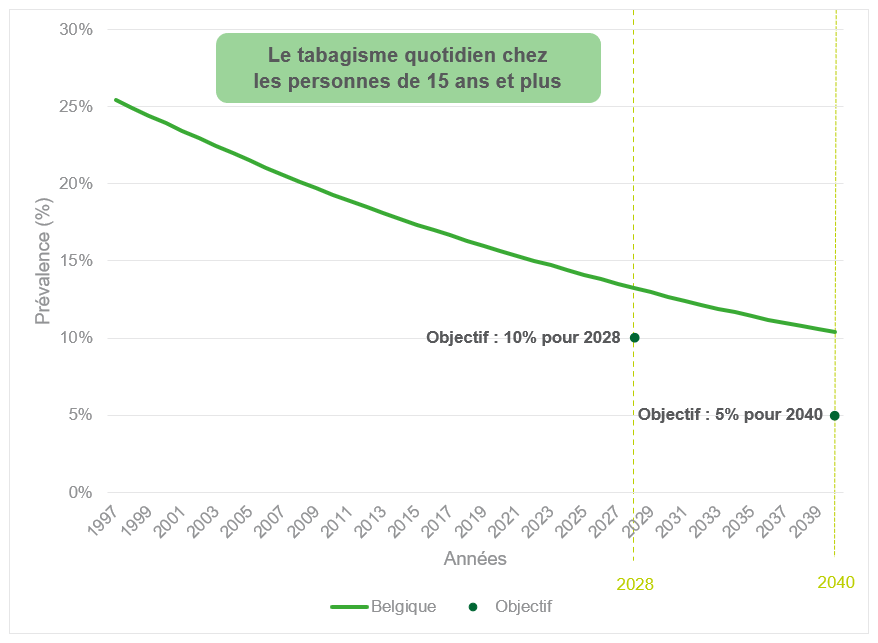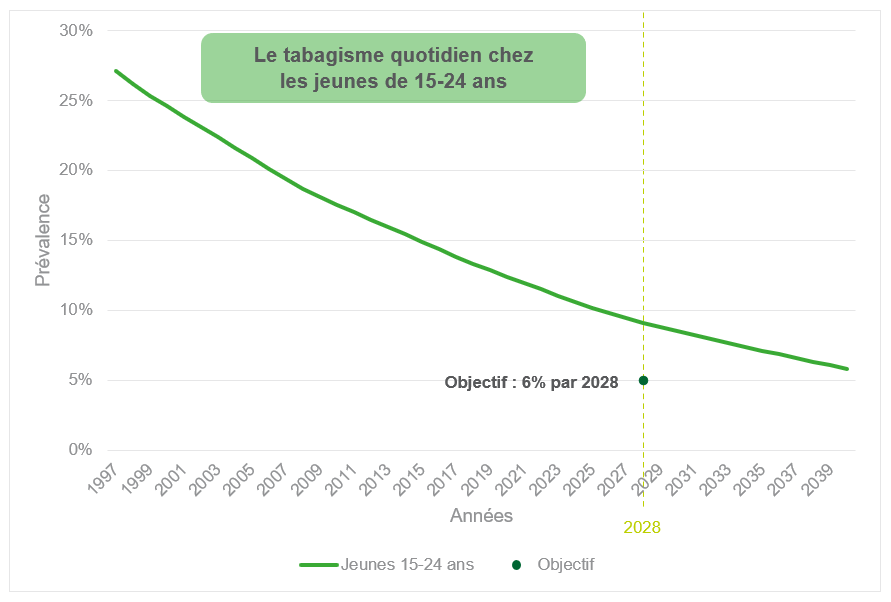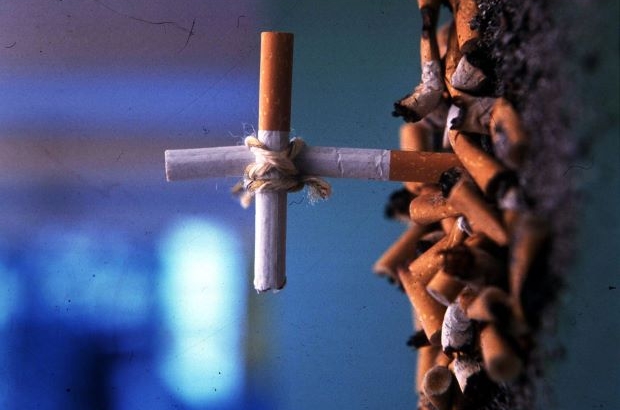- Daily & Weekly newsletters
- Buy & download The Bulletin
- Comment on our articles
Sciensano: Belgium’s goal of tobacco-free generation by 2040 will fail without new policies
Belgium’s public health institute has issued a stark warning about ambitions to drastically reduce the population’s tobacco consumption by 2040.
Sciensano says Belgium’s aim for a tobacco-free generation by 2040 will not be achieved without new policies. This is a goal for numerous countries in the EU, as smoking remains one of the leading causes of preventable deaths and diseases.
The institute’s warning is the result of the Belgian Health Interview Survey that it conducts approximately every five years; the last one dates from 2018. It has developed a model for the data that makes it possible to predict future smoking trends.
Belgium’s Interfederal Strategy 2022-2028 for a Tobacco-Free Generation is a set of measures that are designed to be introduced over the next few years. Sciensano’s projections are based on the country not undertaking any additional policies, a “business as usual” scenario. “Trends could change if policies are enforced, ideally leading to reductions, or if they are abandoned, which could lead to increases,” it says.
One of the institute’s other key findings was that although daily smoking prevalence for young people has decreased substantially, progress is uneven. Smoking among youngsters in Brussels remains high.
On a positive note, it expects that daily tobacco use will continue to decrease in the coming decades. Its figures show a continuing drop in self-reported daily smoking from 25.5% of over-15s in 1997 to 15.3% in 2018.

Gender difference
They also show that the number of daily smokers is higher among men than women. Sciensano believes this difference will persist, although it should decrease over time. It’s estimated that the number of daily smokers is expected to fall below 10% in 2035 but, for men, this will not happen before 2040. The number of daily smokers is expected to decrease in all regions but will remain highest in Wallonia and lowest in Flanders.
The majority of people who smoke daily report that their habit began when they were 17 or 18, making this a critical age to intervene. Sciensano’s projections for 15- to 19 year-olds show that by 2040, daily smoking in this age group should fall to less than 3%. Belgium’s goal is to cut the number of daily users in the 15-24 age group to 6% by 2028 and 0% by 2040.
The interfederal strategy involves numerous authorities at national and regional levels. Policies include increasing the price of tobacco products, further restricting tobacco use in outdoor spaces, reducing points of sale, regulating the composition of tobacco products and increasing public awareness on tobacco harm.
It recognises that measures need to take into account social inequalities among smokers and the high prevalence of smoking among psychiatric patients.
Alternative tobacco products
In addition, it proposes more support for those seeking to quit tobacco use through greater reimbursement for cessation products by 2028 and consultations with specialists. Nicotine patches and chewing gum are currently the only products officially recognised as cessation devices.
The survey also collected data on alternative products such as e-cigarettes or vapes. It showed that in 2018, 15.5% of the population had tried an e-cigarette and, at the time of the survey, 2.7% consumed occasionally and 1.4% consumed daily.
Belgium continues to takes a conservative approach to alternative products, including heated tobacco products and nicotine pouches, which were banned earlier this year. The same regulations apply to alternatives as for cigarettes and tobacco. The last report by the Belgian superior health council in 2022 concluded that there were reduced health risks with these products compared to smoking.
Only 11.6% of vapers had not smoked before, but this increased to 33.5% among 15- to 24 year-olds. More generally, 75.5% of vapers smoked combustible tobacco at the same time and more than half of vapers (53.7%) had been doing so for more than a year.

Policies targeting young smokers
Sciensano researcher Leonor Guariguata believes the study’s “multi-pronged” approach to tackling tobacco use is important. “But we need more and better strategies as well.”
With the interfederal strategy targeting a tobacco-free generation, she said it was encouraging to see the drop in daily rates of smoking among young people. “Even if some areas are higher than others, it’s the most dramatic drop,” she said.
Belgian data consistently shows that the age at which people develop a daily habit is always around 17 to 18, even if the age that teenagers first smoke is 14 to 16. “That’s why it’s a clear indication that this group needs attention,” she says of the focus on a tobacco-free generation.
She underlined the importance of understanding trends in use while waiting for date from the next survey: “The trends are quite consistent, which helps us to get a good picture.” They also show the problem of a generation of older smokers and the serious impact it can have on their health. “These are the areas that we are doing more to explore to understand the patterns,” she said.
A new Belgian health survey was launched this year and will continue in 2024.
Photos: (main image) ©Belga Illu/Hans Jurgen Wiedl; Charts ©Sciensano



















